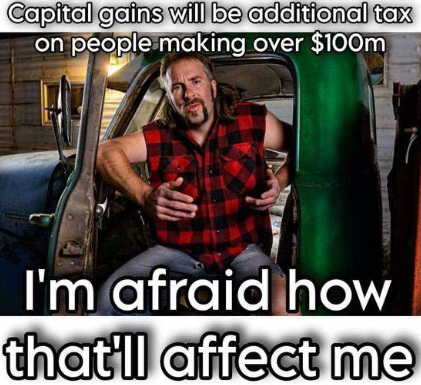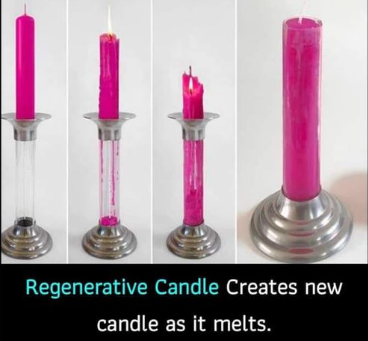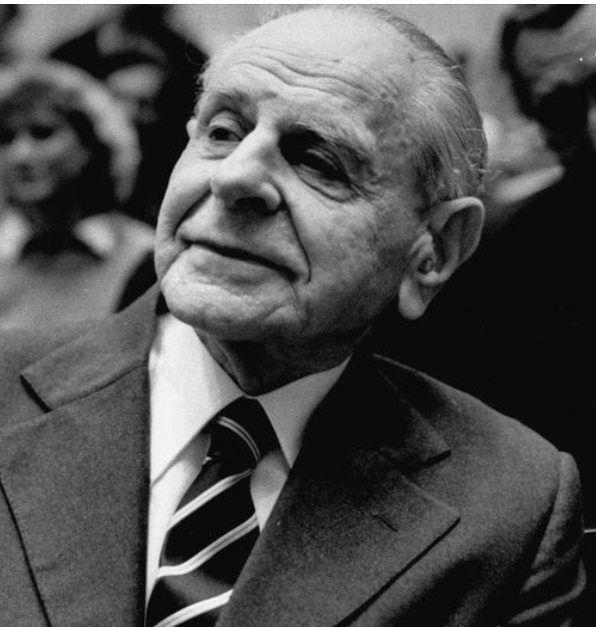What Motivates Trump Voters



I would think than an average eight- or nine-year-old child would look at the meme here and call BS. You don’t get that light and heat for free; they come from burning the wax.

The great preponderance would like to see him held accountable for his attempt to overthrow the U.S government.

As I mentioned in a recent post, I met a woman from Zurich the other day, and the conversation quickly went to how amazingly beautiful the entire nation of Switzerland is, but, unfortunately, how expensive it is to live there–even to visit.
It’s a matter of supply and demand, of course; the country is small but spectacular.
The same principle applies to California. A $1 million house here would be worth perhaps $150K in a less desirable part of the United States. But most folks love the climate, the economic opportunities, our progressivism, and whatever else I may be missing.
We don’t have The Alps, but we have far fewer uneducated racists on a per capita basis than can be found elsewhere. Apparently, a large number of us think that’s something worth considering.
 Twentieth Century philosopher of science Karl Popper (pictured) wrote: The game of science is, in principle, without end. He who decides one day that scientific statements do not call for any further test, and that they can be regarded as finally verified, retires from the game.
Twentieth Century philosopher of science Karl Popper (pictured) wrote: The game of science is, in principle, without end. He who decides one day that scientific statements do not call for any further test, and that they can be regarded as finally verified, retires from the game.

Barring some miracle, this country will be dealing with the aftermath of Trump, his criminal prosecution, and most of all, his having awakened the very worst aspects of the American people, for many years, more likely decades, to come.

My only objection to the concept is that, since the number of school hours per year is fixed, for everything you add you need to remove something. From prior conversations on the subject, what is slated for removal is normally Algebra 2, which means logs/exponents, inequalities, matrices, vectors, functions, quadratic equations, and complex numbers. Proponents need to understand that they are effectively barring students not only from higher math, but also chemistry and physics.
Within a few years, there will be no technically proficient young people emerging from American education.
Our woes with STEM in terms of competition in the international marketplace are bad enough without making them worse.
